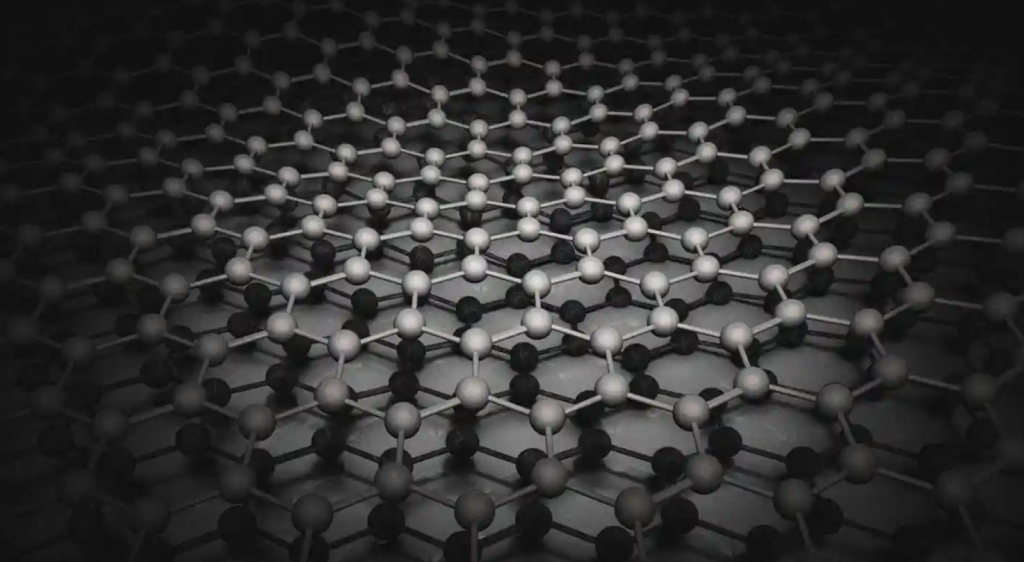From Waste to Wonder: Green Reduction Methods for GO to rGO
As graphene-based materials edge closer to mainstream applications, the demand for environmentally friendly production techniques is growing rapidly. One major challenge lies in the transition from graphene oxide (GO) to reduced graphene oxide (rGO)—a crucial step for improving conductivity and performance. Traditional reduction methods often rely on toxic chemicals like hydrazine, raising concerns over safety, scalability, and environmental impact. In this article, we explore how green chemistry is transforming GO reduction into a cleaner, more sustainable process.

🌍 Why Reduce GO to rGO?
Graphene oxide contains a high concentration of oxygen-containing functional groups (e.g., hydroxyl, carboxyl, epoxide), making it hydrophilic and easy to process in aqueous solutions. However, these oxygen groups disrupt the sp² carbon network, drastically reducing conductivity.
Reducing GO to rGO helps:
- Restore electrical conductivity
- Rebuild the sp² hybridized network
- Retain some functional groups for tunability
♻️ The Problem with Conventional Methods
Widely used reducing agents like hydrazine, sodium borohydride, and hydroquinone are effective but:
- Toxic and hazardous
- Energy-intensive
- Incompatible with biomedical and environmental applications
The need for green, low-toxicity alternatives has become urgent, especially in contexts like wearable electronics, sensors, water treatment, and biomedicine.
🌿 Green Alternatives: Nature-Inspired Chemistry
Here are some of the most promising eco-friendly GO reduction methods:
1. Plant Extracts
Substances like tea polyphenols, lemon juice, eucalyptus, or even garlic extracts have demonstrated reducing capabilities. These natural agents offer:
- Mild reaction conditions
- Biocompatibility
- Abundant availability
Example: Green tea extract (rich in EGCG) can reduce GO at 90°C, producing rGO with good conductivity and dispersibility.
2. Amino Acids & Biomolecules
Amino acids such as L-ascorbic acid (Vitamin C) are widely used green reducers. They:
- Offer high electron-donating ability
- Require minimal purification
- Are safe and scalable
3. Microbial Reduction
Certain bacteria (e.g., Shewanella, Escherichia coli) can reduce GO enzymatically. Though still under research, microbial routes are:
- Ultra low-energy
- Biocompatible
- Ideal for niche biomedical applications
🔄 Performance of Green rGO
Green-reduced graphene oxide typically shows:
- Moderate to high conductivity (depending on method)
- Residual functional groups for composite bonding
- Enhanced biocompatibility and environmental safety
These characteristics make green rGO ideal for:
- Flexible electronics
- Environmental sensors
- Drug delivery systems
- Water filtration membranes
🚀 Scaling Up: The Industrial Perspective
Key challenges in commercializing green reduction include:
- Reaction uniformity
- Batch-to-batch consistency
- Controlling oxygen content and layer thickness
To overcome these, companies are:
- Developing flow reactors for continuous production
- Using combinatorial methods (e.g., green reducing agents + microwave or thermal treatment)
- Investing in quality control tools like XPS and Raman spectroscopy
At GrapheneRich NanoTech, we’re actively exploring eco-friendly reduction techniques in collaboration with university labs. Our R&D team focuses on plant-based reducing systems that maintain dispersion stability and conductivity for high-performance applications.
🌐 Conclusion
As the world moves toward greener materials and circular economies, the way we reduce GO to rGO must evolve. From household items to high-end research, nature-inspired reduction techniques are turning what was once chemical waste into a high-value nanomaterial.
From waste to wonder, graphene’s green journey has only just begun.

